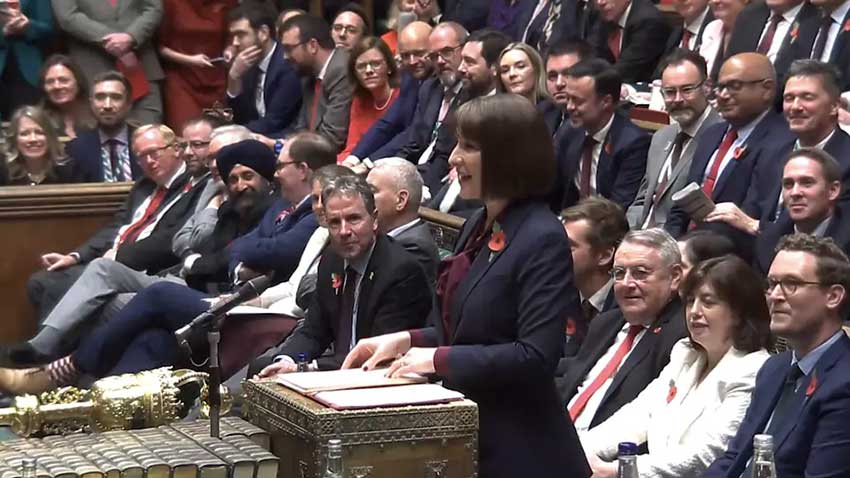
Budget 2024 overview
October 30 2024
Nimesh Shah, the CEO from tax and business advisory firm Blick Rothenberg looks at Chancellor Rachel Reeves first budget.
“I have never seen such wild speculation on tax before a Budget announcement – but there were very few tax measures announced today.
In advance of the Autumn Budget, talk of a £40bn tax grab had raised severe concerns around alignment of capital gains tax (‘CGT’) to income tax, changes to the 7-year potentially exempt transfer rule for inheritance tax (‘IHT’) and increases for investors and landlords. On Halloween eve, the new Chancellor took to the House of Commons stand and raised 94% of her £40bn target through an increase to employer’s National Insurance (‘NIC’) and a new repatriation facility for non-doms to remit overseas monies to the UK at a favourable 12% rate of tax for two tax years.
The public headline from this Autumn Budget will be the £25 billion employer’s NIC increase. From April 2025, employer’s NIC will increase by 1.2% to 15% (which is slightly lower than in 2022 when we had the 1.25% Health and Social Care Levy) – but the reduction to the threshold at which employers start paying NIC to £5,000 will be the real tax raiser, representing an additional cost of £615 per employee. A business employing five people each earning £50,000 will face an increase to the NIC bill of over £5,500.
As widely rumoured, CGT was increased with immediate effect on 30 October – but the respective increases to 18% and 24% will be welcomed by entrepreneurs and investors who were fearing something much worse. Whilst Rachel Reeves said she wanted ‘entrepreneurs to invest in their businesses’ and retain the £1 million lifetime limit for ‘Business Asset Disposal Relief’, the tax saving will be worth a meagre £60,000 in April 2026 – a dramatic fall from grace from Entrepreneurs’ Relief which was worth up to £1 million in 2020.
Private equity faces a 4% increase to 32% on capital gains on carried interest from April 2025; but the carried interest regime will be brought within the scope of income tax and NIC from April 2026, so it is more like a 6% increase.
Some non-doms were optimistic that the Government would go back to the drawing board on Jeremy Hunt’s Spring Budget announcements – but there was no such good news as the reforms are going ahead in largely the same form as previously announced. The only good news for non-doms is that the tax rate for the temporary repatriation facility is confirmed at 12% for 2025/26 and 2026/27, with the Government now projecting to raise £12.7bn from these refined measures. I expect many non-doms to carefully consider their future in the UK given the severe IHT impact of the reforms, which may dampen the additional tax revenue the Government expects to raise. Fiscal black hole anyone?
Family businesses will be scratching their heads around what to do given the cap to Business Property Relief of £1 million and a 50% discount thereafter – but they have until April 2026 to work something out (but they will need to watch out for some anti-forestalling measures for lifetime transfers made from today).
So, the Autumn Budget may not have been as scary as expected…but the Prime Minister and the Chancellor are not ruling out more tax frights in the Spring.”

